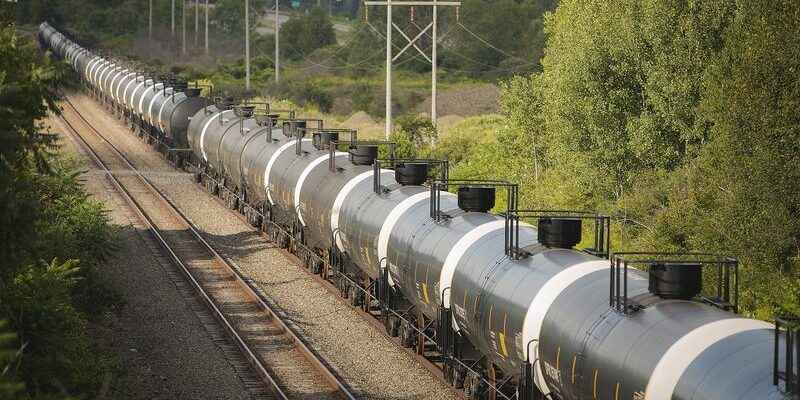The northernmost states on the East Coast rely on rail shipments to supplement pipeline deliveries from the US Gulf. The region is among the largest fuel consumers in the country, where data from the U.S. Energy Information Administration (EIA) shows that in July, inventories of heating oil and diesel reached lowest levels for at least three decades.
Major railroads including Union Pacific and BNSF (Berkshire Hathaway) must reach a tentative agreement with three unions representing 60,000 workers by 12:01 a.m. Friday to avoid a work stoppage.
Nationally, inventories of distillates, which include heating oil and diesel, are at their lowest seasonal level since 2000, according to EIA data.
The situation is more serious in New England and the central Atlantic states. In this region, which stretches from Maine to Maryland, inventories are at 16.6 million barrels, the lowest seasonal level since the EIA began keeping data in 1990.
Some shippers, anticipating a shutdown, have already stopped transporting hazardous materials to the United States, including fuel mixture components.
“I’ve already had businesses that have limited production knowing this was coming and now they’re going to have to face the music and shut down,” said railcar broker and owner Tom Williamson of Transportation Consultants, which runs more than 2 000 wagons.
He says he has been busy in recent days communicating with customers who are beginning to shut down production of hazardous materials.
The upper Northeast relies on rail for shipments of crude oil, natural gas, and petroleum products more than other regions due to lack of pipelines. New England receives most of the natural gas it uses to heat homes and light stoves by rail, according to consulting firm RBN Energy, making it vulnerable to a shutdown.
“Over the past 20 years, regional imbalances between where products are made and where they are demanded have increased,” said Debnil Chowdhury, vice president, head of refining and marketing for the Americas, S&P Global Commodity Insights. “This has increased the need to transfer products from the Gulf Coast to the (Northeast).”
Pipelines carrying fuel and natural gas from Texas and other southern U.S. oil and gas-producing states are already full, Chowdhury said, leaving little room to increase flows on lines in case of closure.
“All sorts of things are going to stop,” said an executive familiar with rail operations in the region, who asked not to be named. “It’s going to be brutal”.
In July, state governors in New England wrote a letter to U.S. Energy Secretary Jennifer Granholm, warning her that the region was at risk of skyrocketing heating bills in the winter due to lack of utility connectivity. gas pipelines.
They also called on the Biden administration to suspend the Jones Act, which requires that goods transported between US ports be carried by domestically-built, US-manned vessels, for the delivery of LNG for at least one year. part of winter come.
In 2021, the New England region, made up of six states, derived the majority of its energy, or 46%, from natural gas, according to ISO New England, the region’s electric grid operator. During the coldest winter days, the grid also relies on oil to power a much larger percentage of power generation.
